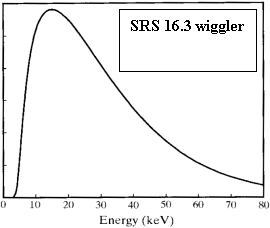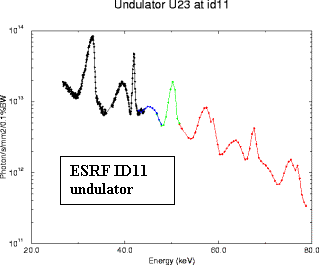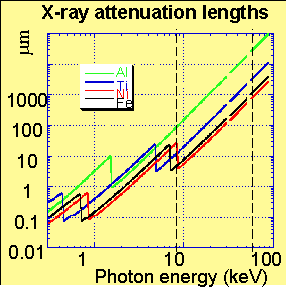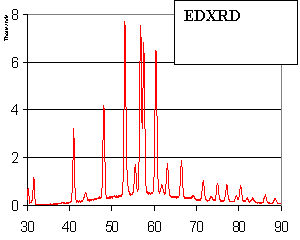Alexander’s short note on the Synchrotron Light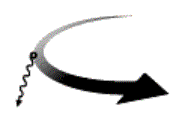
Synchrotrons are the most
efficient known devices for generating high flux, high energy X-ray beams.
The principle is to accelerate electrons to velocities approaching the
speed of light, and bend their path using a powerful magnet. This causes
the electron to emit energy in the form of a coherent beam of photons within
a very small solid angle which scales with the relativistic factor b=(1-v2/c2)1/2.
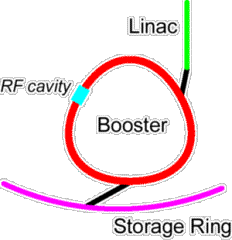
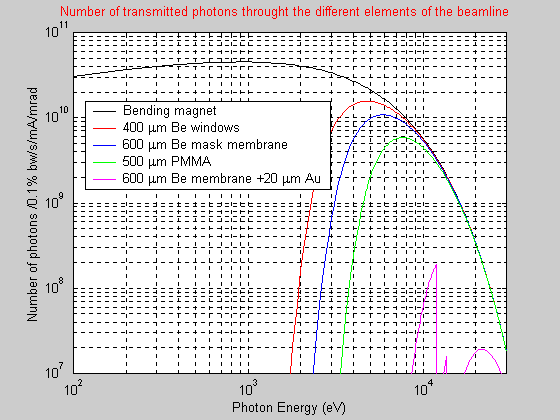
The ring energy affects the characteristic, or critical
energy of X-rays produced by the bending magnets, as well as the magnetic
field in the gap (see example spectrum above from BM10 on the 2GeV Elettra
in Trieste – no useful photons above 30keV). However, more efficient devices
like multipole wigglers and undulators can produce more
SRS station 16.3 is a high-resolution/high-energy
diffraction facility, suitable for a wide range of applications in physics
and materials science. 16.3 occupies the central beamline of wiggler16,
a 6T superconducting wavelength-shifter. At 16 keV it has the highest critical
energy of all the SRS stations. Energies from 5 KeV to above 70 KeV are
available, and the spectrum is very smooth as shown in the figure. For many materials engineering
problems having access to energies above 30-40keV is essential. The picture
on the left shows X-ray attenuation lengths (in mm) for Al, Ti, Ni and
Fe as a function of photon energy. Above 60keV transmission experiments
through millimetres of these important structural materials become possible.
There are essentially two modes for diffraction experimentation:
fixed energy (monochromatic) and resolving angle, or fixed angle and resolving
energy (energy-dispersive). We can measure angles to the accuracy of 10-6
quite routinely, so monochromatic mode is preferred for high resolution
work. We can discriminate energy only to about 10-2, which makes
energy-dispersive mode sound like a non-starter. That is not so for strain
measurement, though: we can find peak centres to accuracy which is many
orders better than a channel width, so 50 microstrain accuracy can be achieved.
Depending on the problem, one or the other mode (mono
or EDX) may be preferred. What is important is to have the flexibility
allowing both modes to be accessed.
The other important aspect of beamline design is space
management. Traditional diffractometers impose too much constraint on the
sample space, as we know from SRS16.3, ID11 and BM16. A more sample-centred
design would consist of a manipulation table surrounded by movable detectors
which can be introduced and aligned as required by the experiment. It would
also guarantee that the interest of any group interested in high energy
X-ray diffraction can be satisfied.
alexander.korsunsky@eng.ox.ac.uk
